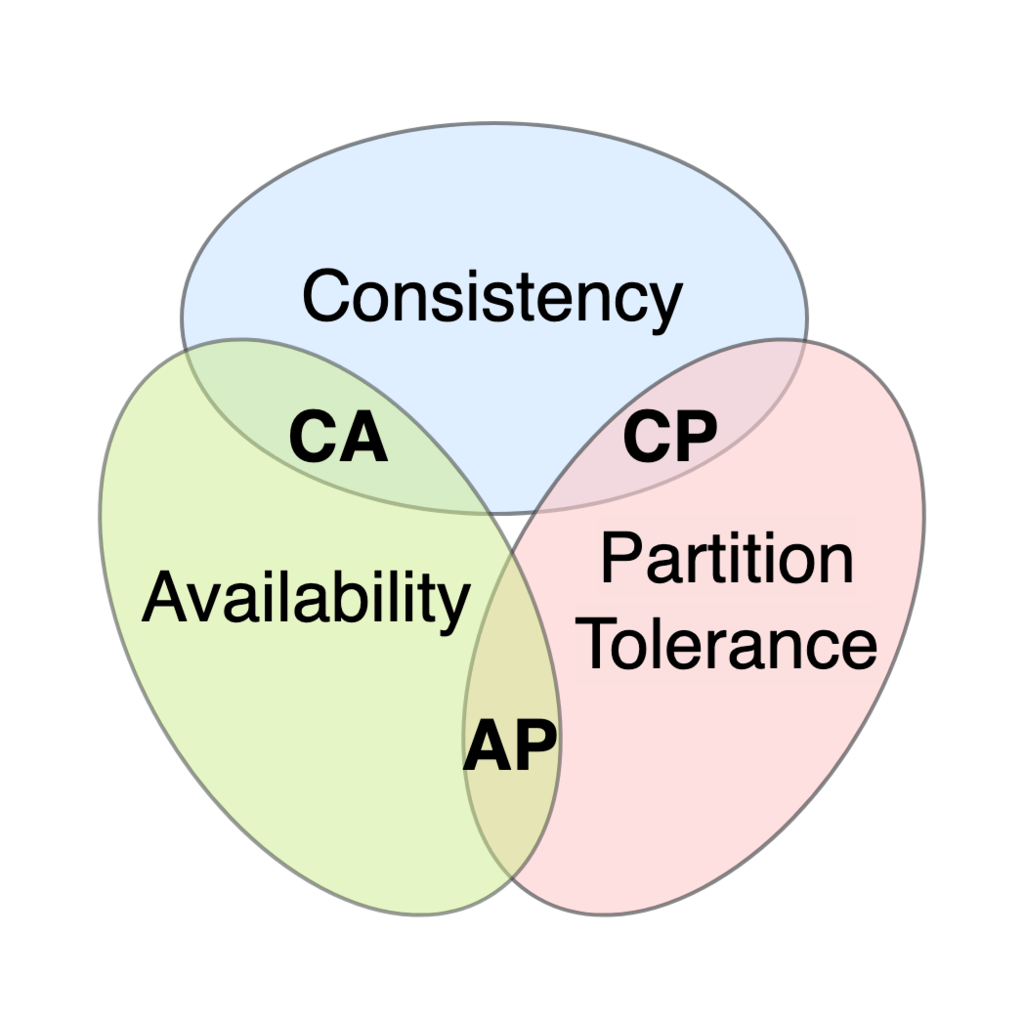
Mateo Sanabria, Nicolás Cardozo
Syncordian: A Byzantine Fault Tolerant CRDT without Interleaving anomalies


BEFORE WE START

This is not a finish project, we are actively working on it. Feel free to point mistakes or inconsistencies, peer review is always appreciated
-
What is a CRDT?
-
Interleaving Anomalies?
-
-
Byzantine Fault Tolerant?
Syncordian: A Byzantine Fault Tolerant CRDT without Interleaving anomalies
Les't remember some CS foundation
The CAP THEOREM

CAP: Any distributed data store can provide only two of the following three guarantees
- Consistency
Every read receives the most recent write or an error -
Availability
Every request receives a (non-error) response, without the guarantee that it contains the most recent write -
Partition Tolerance
The system continues to operate despite an arbitrary number of messages being dropped (or delayed) by the network between nodes
For example, in the context of internet-scale distribution requires data replication across multiple geographic locations with low latency and high availability
Strong Consistency:
-
Requires coordination for executing operations. -
Challenges arise in the presence of network partitions or failures.
Weak Consistency:
-
Allows temporary divergence among replicas.
-
Requires a mechanism for merging concurrent updates into a common state.
Eventual Consistency
Informally, eventual consistency means that replicas eventually reach the same final value if clients stop submitting updates:
Eventual Delivery: An update delivered at some correct replica is eventually delivered to all correct replicas Convergence: Correct replicas that have delivered the same updates eventually reach equivalent state
-
Some Eventual Consistency (EC) systems execute updates intermediately, only to later identify conflicts and roll back, resulting in resource wastage. -
Resolving conflicts often necessitates a consensus among replicas to ensure consistent arbitration. -
To address this, a stronger condition is needed to enhance efficiency and minimize resource wastage in EC systems.
Eventual Consistency
strong Eventual Consistency (SEC)
Strong Convergence: Correct replicas that have delivered the same updates have equivalent stateEventualConsitency \wedge StrongConvergence \\ \equiv SEC
Conflict-free Replicated Data Types (CRDT)
Is an abstract data type designed to be replicated at multiple nodes and exhibiting the following properties:
-
Any replica can be modified without coordinating with any other replicas.
-
When any two replicas have received the same set of updates.
Conflict-free Replicated Data Types (CRDT)
CRDTs rely on commutative operations to guarantee strong eventual consistency this avoids the need for synchronization, yielding high availability and low latency
Availability + Partition Tolerance + SEC
The 'best' case of application for a complex crdt
peer to peer COLLABORATIVE TExt editing

INTERLEAVING ANOMALIES

BYZANTINE FAULT
WHAT ABOUT SYNCORDIAN?

Context: peer to peer COLLABORATIVE text editing-
P2P Network, all messages will eventually arrive.
-
Multiple peers in the network.
-
Each pear has its document' copy.
- Each honest peer can edit the document: Insert and Delete.
SYNCORDIAN
SYNCORDIAN: Document
A syncordian document is a list of line. A line of a document has:
-
(line_id) :: float -> allows to know the relative position of the line in the document.
-
status :: :tombstone | :aura | :settled
-
insertion_attempts :: integer -> Counter to keep track of the insertion attempts.
-
content :: String.t() -> The actual content of the line.
-
siganture :: String.t() -> A hash signature use to prevent Byzantine faults
SYNCORDIAN: Peer
A peer syncordian peer is composed of :
-
A peer ID
-
A syncordian document
-
A vector clock
Board Time!
